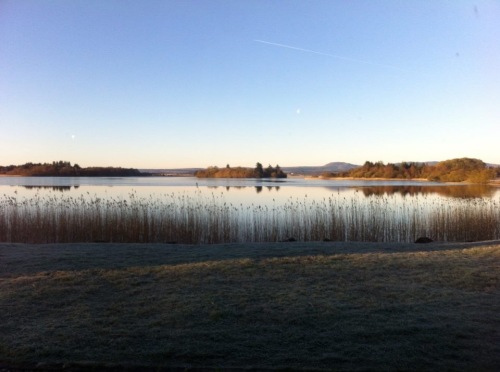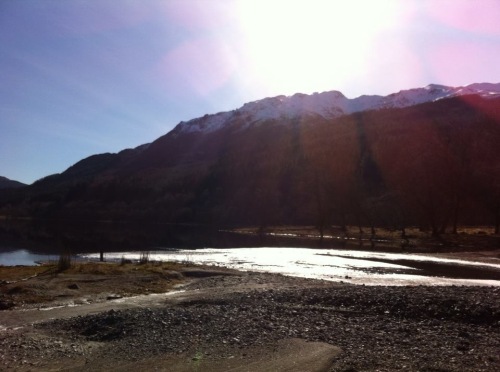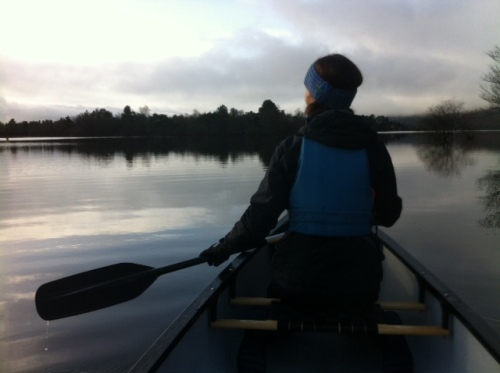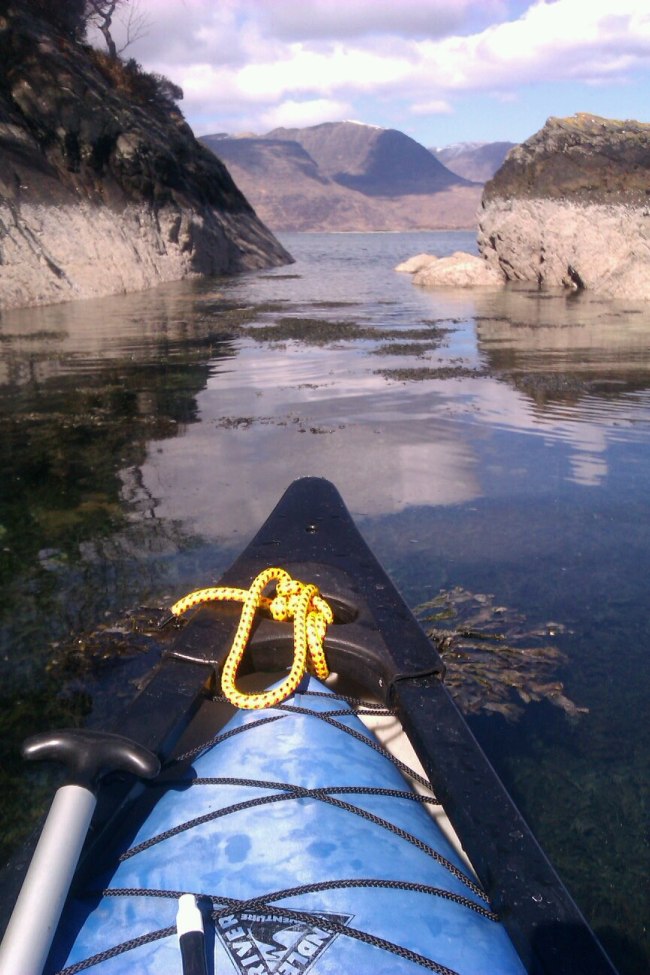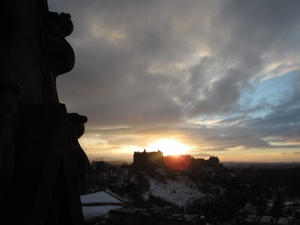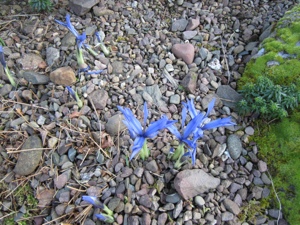Diamond DofE adventure day #3
I set out this morning from the Hill House, Helensburgh, from where the Three Lochs Way is signposted. This leg of the trail I have planned to follow to Garelochhead through Glen Fruin; about 10 miles of woodland and moorland path followed by minor road. The Three Lochs is a named for Loch Lomond, the Gareloch and Loch Long; the three bodies of water linked by the 34 mile trail. It is one of Scotland’s shorter long walks but scenically rich; a threshold between the lowlands and highlands, crossing the Higland Boundary Fault.
The Hill House is a most appropriate point of departure, its deceptively beautiful design revealing at every angle, with every shaft of carefully directed natural light, Charles Rennie Mackintosh’s sensitivity to the local environment and its colours and moods. On a day like today the amethyst glow of stained glass lights would conjour the pink-purple of moorland heather.
A mile north west of the Hill House the path branches off in the direction of Glen Fruin and this is my route. I am pleasantly surprised by there being a path at all for this section, as it is not marked on my map. No need to handrail the tree line then! Pine woods to my left soon give way to open hillside before dropping down into the glen, where the Fruin water winds its way noisily through fields of cattle and young lambs.
The glen is peaceful. Traffic is local with the exception of walkers, joggers and hardy cyclists, through traffic uses the higher haul road- far enough away for its din to be almost imperceptible. There is little wind today, just enough to cast cloud shadows on the flanking hills and sway the yellow clusters of daffodils.
I follow this road for about 7 miles, eventually climbing steeply up and out of the glen to where the two roads connect before a sharp descent to the shores of the Gareloch. After tranquil hours in the glen it is so strange to be peering down over Faslane Naval Base, home of Brtiain’s nuclear deterrent. How incongruous. How incompatible with the peace this journey has afforded me, and yet here it is. I am in principle a pacifist, finding human violence deeply disturbing in any form. At the same time I am all too aware of the importance of the base to the local economy; the livelihood of communities like Garelochhead, Helensburgh where I work and Cardross where I live. An unlikely lifeline. Does this make me a hypocrite or a realist?
I pass by the base getting a cheery hello from some of the military police at the one of the gates and hit Garelochhead bang on my estimated time. Facing away from the massive sprawl of the base and its miles of razor wire fences the village is a most picturesque little place. I find a sunny spot on the shore path, flatten out my jacket for a seat to enjoy my picnic and rest weary legs.
This done I have an hour to kill before catching the train back to Helensburgh so I find Cafe Craft- just that, a craft shop cafe. As expected I enter to find a group of women knitting over a cuppa. My mum would be in her element here; the walls stacked high with yarns of every imaginable colour and texture, handmade jewellery, pattern books and the like. I think of the half finished hat I have been knitting and regret not packing it in the rucksack. A big steaming mug of cappuccino arrives and I take a seat by the window to watch the world from.
The knitting ladies exchange a bit of banter with me about my walk and what goes on at the cafe before I need to make for the station. En route I note where the Three Lochs path continues on to Arrochar- 13 miles. This stretch I have yet to do, having previously walked the final stage from Arrochar to Inveruglas. As the poem goes however, I have left this road for another day, but without doubt that I will be back.








